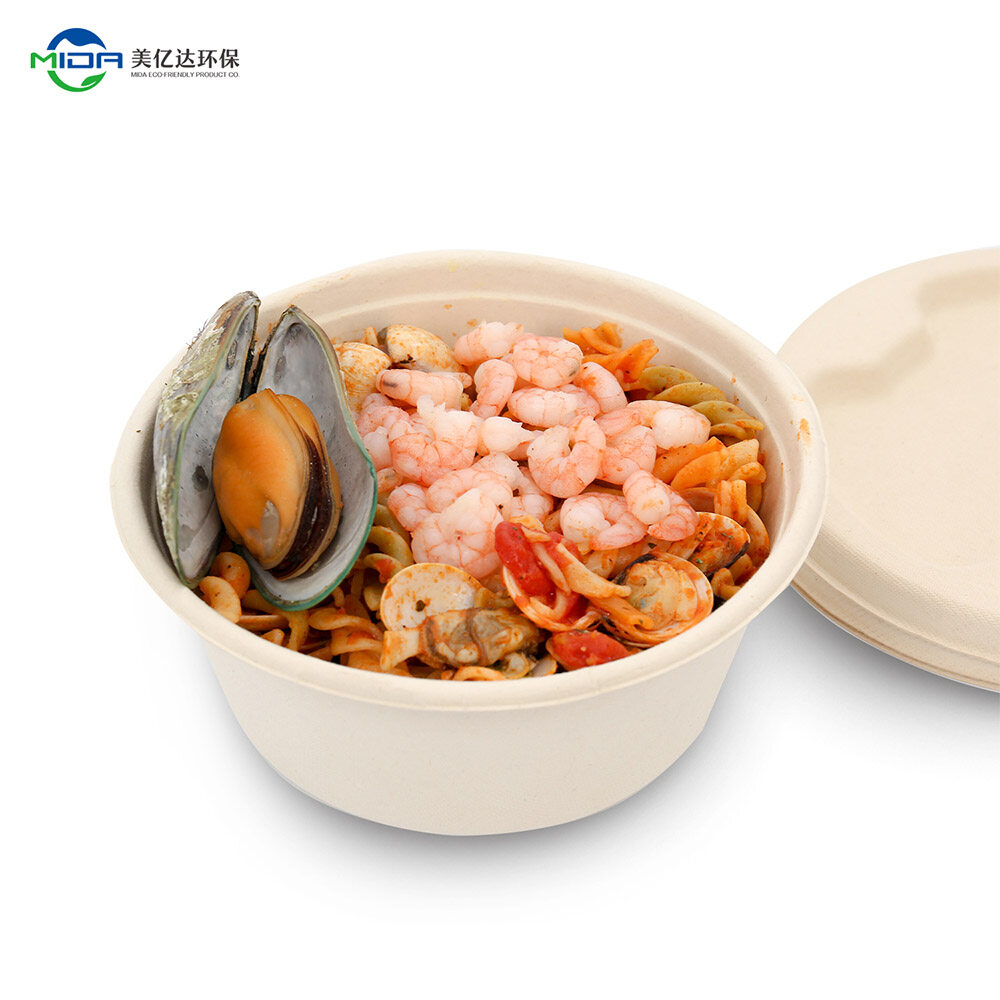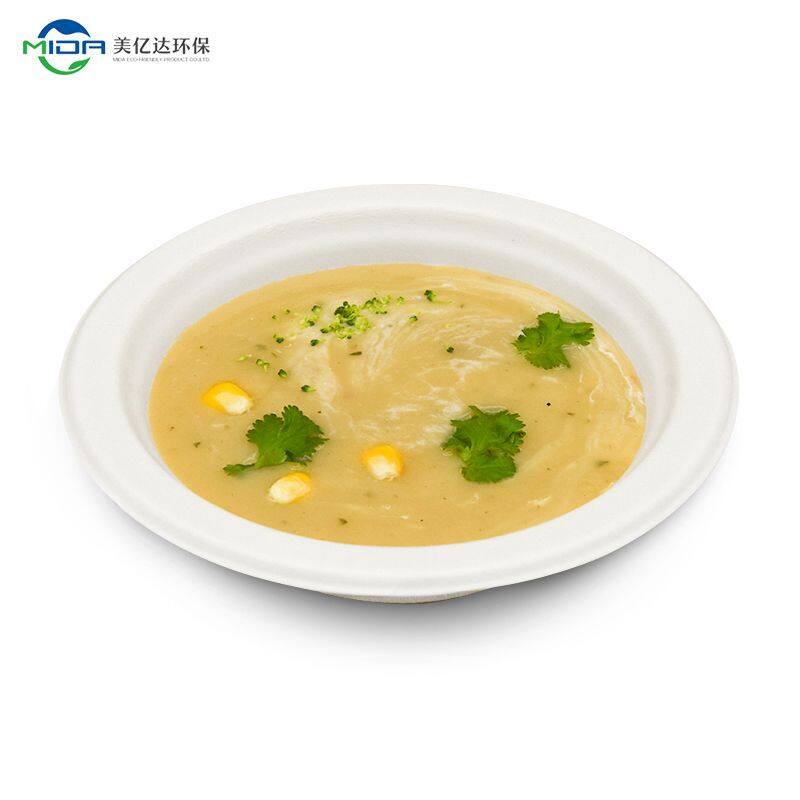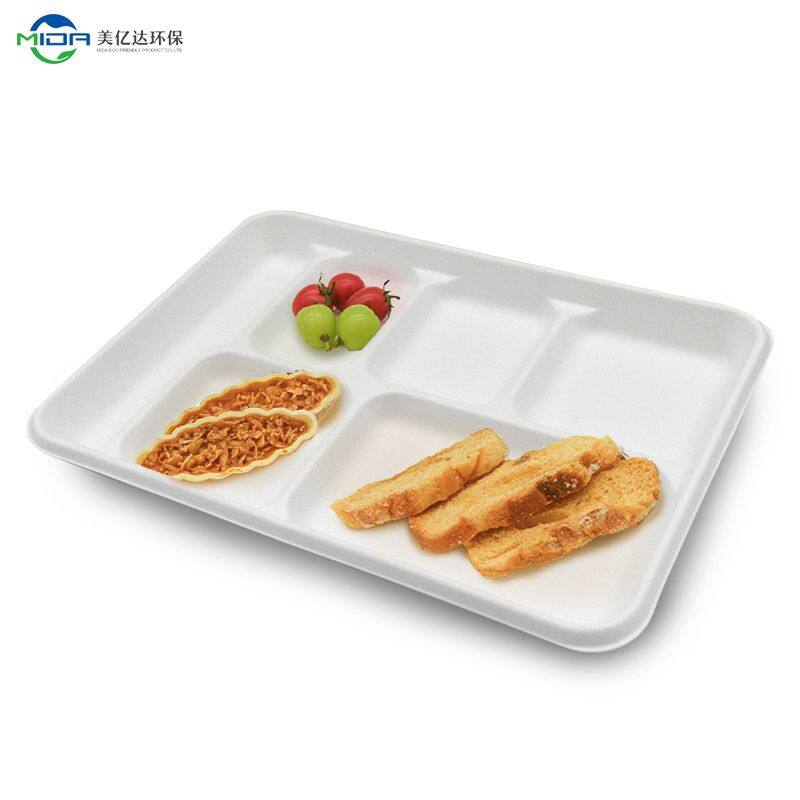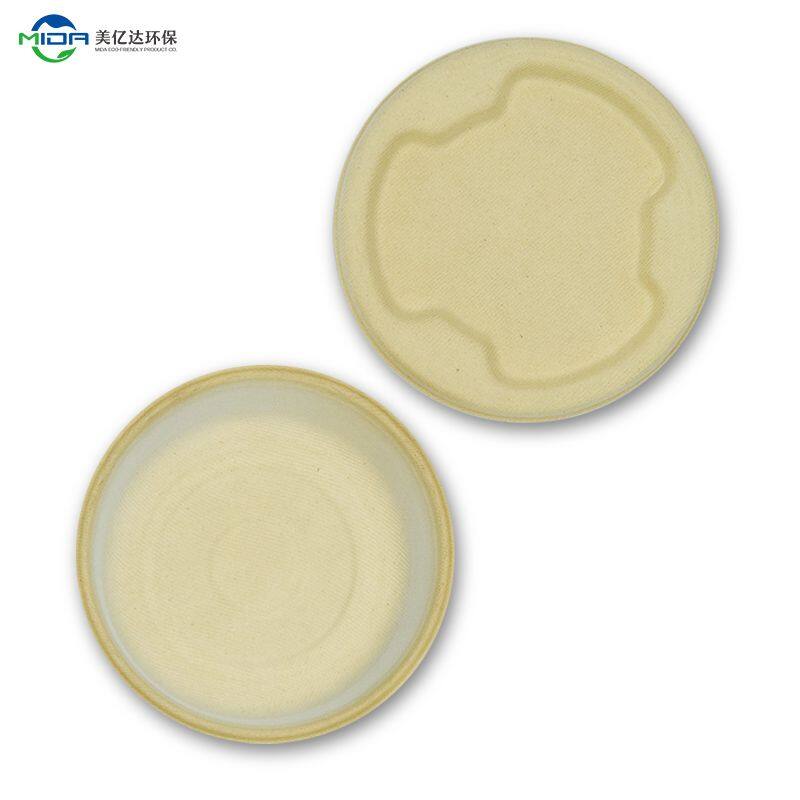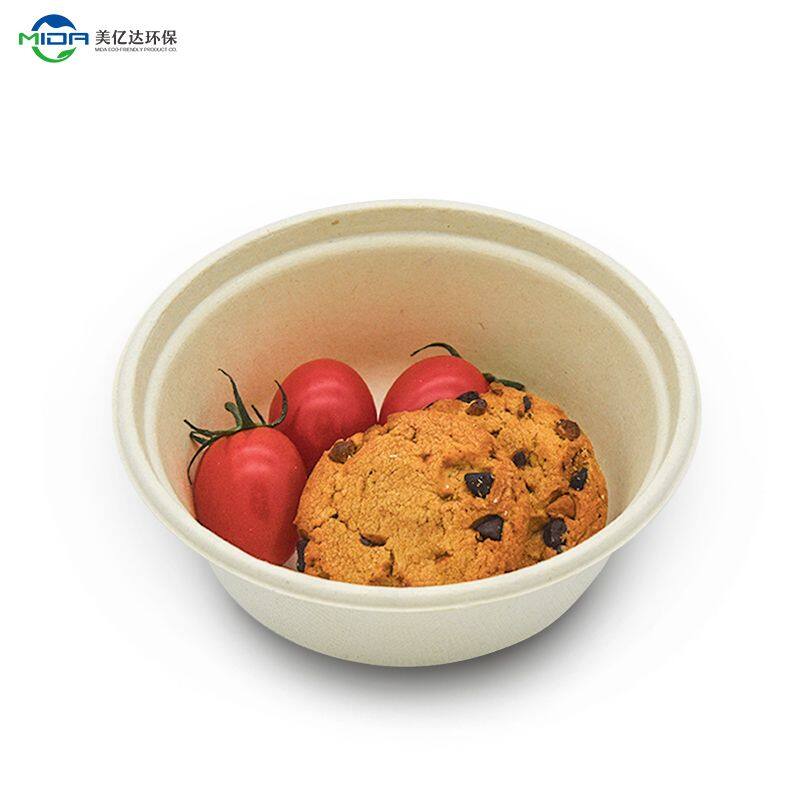Plastics have long been considered inert, and when ingested into the body, they pass through the gastrointestinal tract and are excreted through the bile duct. However, it may not be as harmless as we once thought. Recent animal studies have shown that microplastics smaller than 10 μm can cross cell membranes into the circulatory system and reach other tissues.
On the other hand, the concept of microplastics was introduced back in 2004 by Richard Thompson of the University of Plymouth in the UK in an article published in Science.
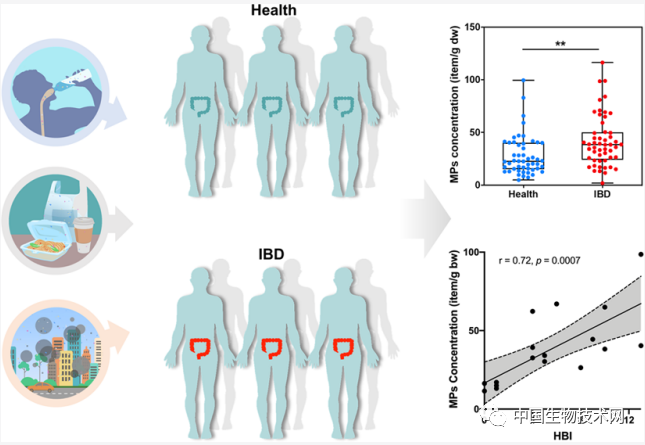
In a new study published in Environmental Science & Technology (IF=9.028), a team from the State Key Laboratory of Pollution Control and Resource Utilization, School of Environment, Nanjing University, investigated the fecal samples of participants from 11 Chinese provinces and cities and found for the first time a worrying evidence that participants who regularly drank bottled water, ate take-out food and whose jobs were dust-exposed in nature had more microplastics in their stools, and that elevated levels of microplastics in the body may also exacerbate intestinal inflammation.
Not only that, but microplastics may have penetrated various organs in the body.
In a new study published in Environment International (IF=9.621), the top journal in the field of environmental science, a team of researchers led by the Free University of Amsterdam in the Netherlands found microplastics in the blood of human volunteers for the first time, further raising concerns about the long-term effects of microplastics on human health.
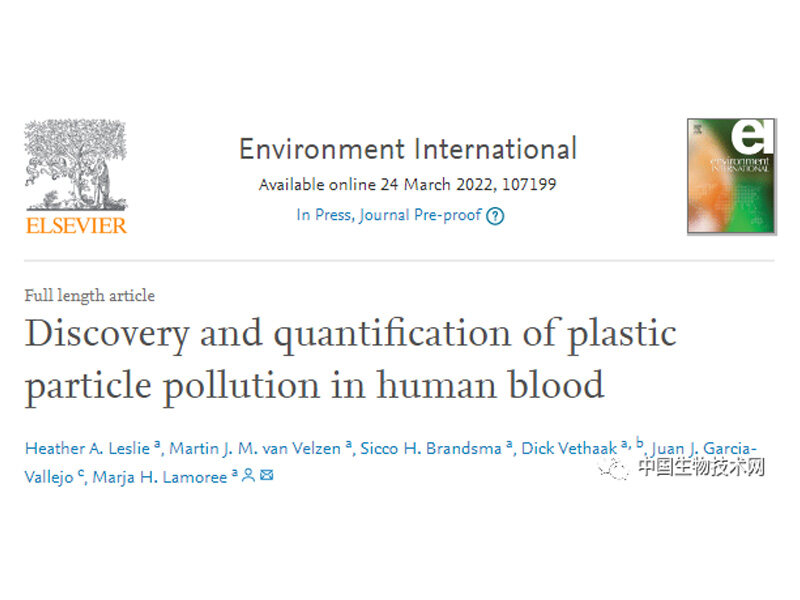
In this new study, researchers recruited 22 healthy volunteers to obtain whole blood samples via venipuncture.

They detected quantifiable microplastics in the blood of 17 people (77%) after ruling out the possibility of contaminated blood samples, with an average of 1.6 micrograms per milliliter of blood. Among the most common plastics were polyethylene terephthalate (PET), polystyrene (PS), polyethylene (PE), polypropylene (PP), and polymethyl methacrylate (PMMA). Of these, PET, PS and PE accounted for 50%, 36% and 23%, respectively.
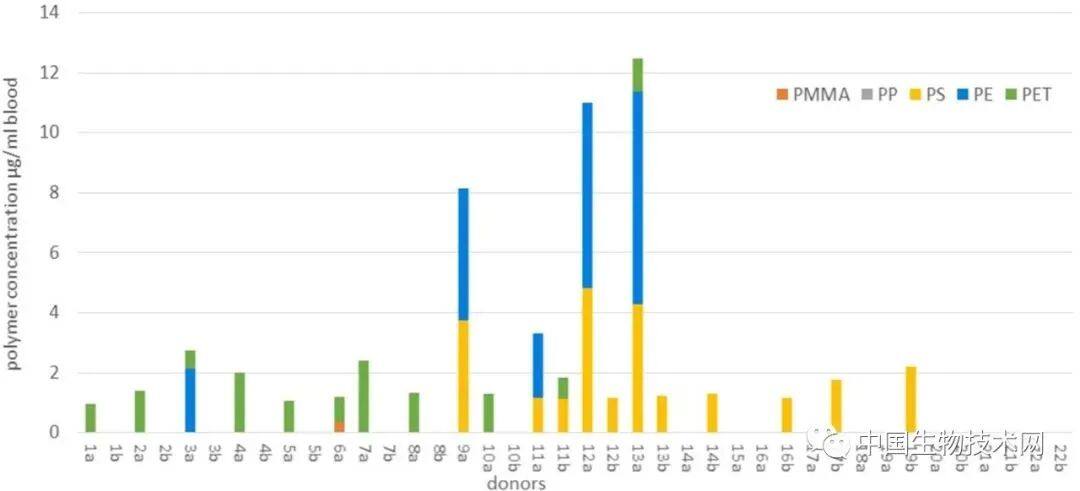
Researchers say the time microplastics stay in the blood is unknown, so their fate in the human body needs further study. Scientifically speaking, it is reasonable for microplastics to reach various organs throughout the body via the circulatory system. Previous studies have confirmed that the human placenta is permeable to polystyrene and polypropylene microplastics of 50, 80 and 240 nanometers.
The microplastic concentrations reported in this study involve potential exposure routes including air, water and food, as well as personal care products, dental polymers, polymer implant fragments, polymer drug delivery nanoparticles and tattoo ink residues that may be ingested.
The discovery shows the particles can travel around the body and may lodge in organs. The impact on health is as yet unknown. But researchers are concerned as microplastics cause damage to human cells in the laboratory and air pollution particles are already known to enter the body and cause millions of early deaths a year.
Huge amounts of plastic waste are dumped in the environment and microplastics now contaminate the entire planet, from the summit of Mount Everest to the deepest oceans. People were already known to consume the tiny particles via food and water as well as breathing them in, and they have been found in the faeces of babies and adults.
“Our study is the first indication that we have polymer particles in our blood – it’s a breakthrough result,” said Prof Dick Vethaak, an ecotoxicologist at Vrije Universiteit Amsterdam in the Netherlands. “But we have to extend the research and increase the sample sizes, the number of polymers assessed, etc.” Further studies by a number of groups are already under way, he said.
“It is certainly reasonable to be concerned,” Vethaak told the Guardian. “The particles are there and are transported throughout the body.” He said previous work had shown that microplastics were 10 times higher in the faeces of babies compared with adults and that babies fed with plastic bottles are swallowing millions of microplastic particles a day.
“We also know in general that babies and young children are more vulnerable to chemical and particle exposure,” he said. “That worries me a lot.”
The new research is published in the journal Environment International and adapted existing techniques to detect and analyse particles as small as 0.0007mm. Some of the blood samples contained two or three types of plastic. The team used steel syringe needles and glass tubes to avoid contamination, and tested for background levels of microplastics using blank samples.
Vethaak acknowledged that the amount and type of plastic varied considerably between the blood samples. “But this is a pioneering study,” he said, with more work now needed. He said the differences might reflect short-term exposure before the blood samples were taken, such as drinking from a plastic-lined coffee cup, or wearing a plastic face mask.
“The big question is what is happening in our body?” Vethaak said. “Are the particles retained in the body? Are they transported to certain organs, such as getting past the blood-brain barrier? And are these levels sufficiently high to trigger disease? We urgently need to fund further research so we can find out.”
A recent study found that microplastics can latch on to the outer membranes of red blood cells and may limit their ability to transport oxygen. The particles have also been found in the placentas of pregnant women, and in pregnant rats they pass rapidly through the lungs into the hearts, brains and other organs of the foetuses.
A new review paper published on Tuesday, co-authored by Vethaak, assessed cancer risk and concluded: “More detailed research on how micro- and nano-plastics affect the structures and processes of the human body, and whether and how they can transform cells and induce carcinogenesis, is urgently needed, particularly in light of the exponential increase in plastic production. The problem is becoming more urgent with each day.”
Whether microplastics are present in the plasma or carried by specific cell types, and the extent to which these cells are involved in transferring microplastics across the mucosa into the blood, remains to be determined, the researchers said.
If microplastics in the blood are indeed carried by immune cells, the question arises, does this exposure potentially affect immune regulation or susceptibility to immune diseases? Further studies are still pending.
(Excerpt from The Guardian)
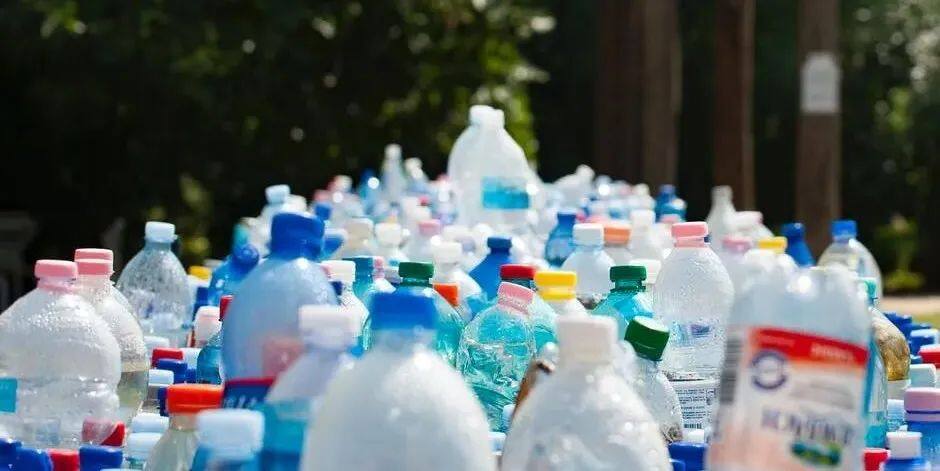
Solutions - How to avoid microplastic pollution
Strengthening plastic pollution control is increasingly important to national and local development. Combined with market development and research hotspots, the most promising avoid plastic pollution, the development of green and sustainable model can be summarized as the following 3 major solutions.
1、Promote recyclable and easy to recycle alternative programs
To achieve the recycling of plastic packaging, such as recyclable packaging distribution model: consumers can return the used product packaging, recycle and reuse (such as express recycling boxes, recycled plastic (PCR) packaging products), the development of packaging materials can be reused and recyclable.
2, green, plastic-reducing packaging materials alternative programs
In recent years, the use of degradable plastics and biological materials in successive countries around the world has played a great role in promoting the development of degradable industries and products. Take PLA material as an example, PLA with natural source of lactic acid as the main raw material, has very good biodegradability and biocompatibility, its life cycle load on the environment is significantly lower than petroleum-based materials, is considered the most promising green packaging materials.
Natural plant fiber (paper packaging, pulp molding, etc.) is also a renewable resource that meets the requirements of sustainable development, and it is the most abundant carbohydrate on earth. Edible packaging materials (seaweed packaging, soy protein film, chitosan edible packaging film, edible packaging paper made of soybean residue, etc.) and products are also gradually gaining attention from domestic and international markets.
PET is an extremely difficult polyester to hydrolyze, it contains a high percentage of aromatic terephthalates, which reduces the chain mobility. Several PET hydrolysis enzymes have been reported up to now, but their yield is still limited. However, PET enzymatic hydrolysis technology is still an important direction of concern both at home and abroad.
On the industry side, the L'Oréal Group has partnered with Carbios to announce in 2021 the first cosmetic bottle made entirely of plastic recovered from Carbios' bioenzymatic recycling technology.
In terms of research, researchers at several research institutions in Japan and abroad have genetically modified the enzyme so that it can efficiently break the chemical bonds that hold together the building blocks of polyethylene terephthalate (i.e., PET monomers), thereby reducing the infestation of environmental plastics, even microplastics.


